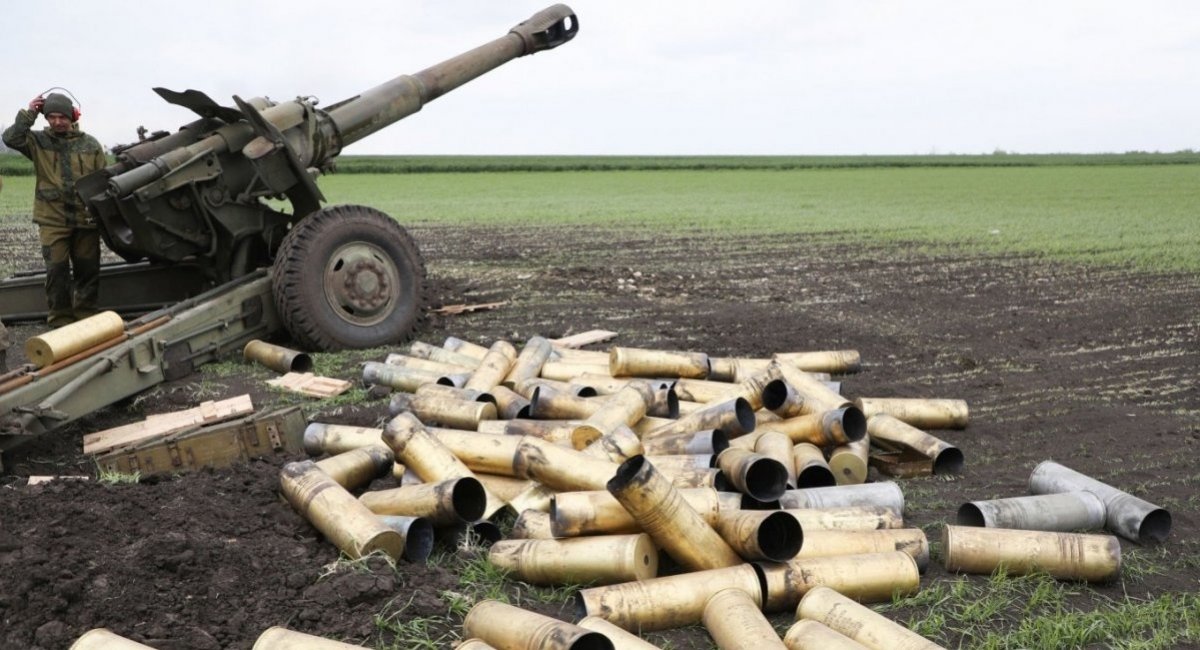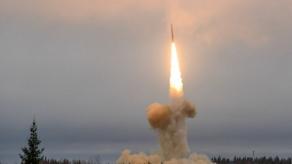The russian invasion forces in Ukraine have recently been complaining a lot about artillery shells arriving from North Korea. Supplied in a hurry, even without firing tables, the ammunition displayed "systematic dispersion in range," reported by russian artillerymen from the frontline.
Determined to find out the reason of poor performance, a russian military-themed Telegram channel shared a photo post detailing the "research" on North Korean propellant charges for 152-mm projectiles marked NDT-3, although this marking actually refers to the contents (nitroglycerin powder with dinitrotoluene), and the actual name of the shell is unknown. The post was noticed by Georgian blogger TheDeadDistrict.
Read more: North Korea Supplies russia with Entire Nomenclature of Artillery Ammunition, Including rockets for the Grad MLRS
The investigation of five randomly selected charges with the same marking found that they all had different powders, and the powder bundles had different weights. Some charges lacked a de-copper: a lead wire meant to reduce copper buildup inside the barrel due to the repeated use of shells with a copper driving band. Additionally, some of the shells had traces indicating hermetic lids were opened.
And all of that was observed in just five random shells. That is, in such a small sample, which obviously indicates a systematic shortage of ammunition in general. In practice, all these issues lead to a whole avalanche of consequences.
The inconsistent (or "dispersed") artillery shell trajectory distance means a decrease in the accuracy of fire, resulting in spending more ammunition to accomplish a typical task. A larger expenditure means a longer execution time, and staying on the same spot for long exposes the artillery squad to backfire in the Ukrainian conditions of intense counter-battery warfare. The dispersion in projectile landing distance can be addressed by closing the distance between the howitzer and the target before firing but this leads to even greater losses.

Moreover, higher ammunition consumption accelerates gun wear, reducing precision and increasing ammunition usage even further.
The absence of lead wires in charges exacerbates barrel wear. And the reason for that is so banal and familiar to all countries with a planned economy, namely, North Korean workers, who steal everything they can from the factory for their profit.
The use of different powders in ammunition from the DPRK is explained by the country's isolated status, pushing it to scrap components for powder production from wherever possible which reflects in the overall quality of the final product.
And once again, the planned economy in North Korea, prioritizing quantity over quality control, contributes to these "planned defects."

While every defective North Korean ammunition remains nonetheless dangerous to Ukrainian forces, the sheer quantity involved, reportedly in the millions, highlights the significance of these findings.
The random check of only five propellant charges already revealed a lot of issues, and we haven't yet seen the other deliveries like the projectile and the detonator, all having no less strict requirements for quality. Maybe even more interesting things would come to light if russians tried to check those as well.
Read more: Ukraine Should've Made "Mountains of Ammunition," Ben Hodges Says, But Was It Physically Possible?














